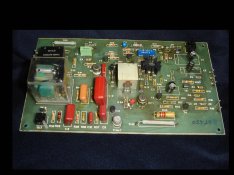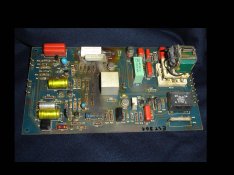Jose Velez
Member
Hi everybody,
I'm trying to repair two Durst power supplies from a friend, respectively an EST 301 and an EST 450.
I checked already the regulator board of the ES301 and it's clear that the PCB contacts of the current sensing resistors R42 and R43 and severely burned. There is a group of resistors nearby which I would like to substitute also, but it's no longer possible to read the respective value, as they have darkened considerably, like the surrounding PCB.
I didn't open the EST 450 yet, but I may likely find a similar situation, therefore I will be grateful if someone can provide me the respective schematics.
Thank you in advance,
Jose
I'm trying to repair two Durst power supplies from a friend, respectively an EST 301 and an EST 450.
I checked already the regulator board of the ES301 and it's clear that the PCB contacts of the current sensing resistors R42 and R43 and severely burned. There is a group of resistors nearby which I would like to substitute also, but it's no longer possible to read the respective value, as they have darkened considerably, like the surrounding PCB.
I didn't open the EST 450 yet, but I may likely find a similar situation, therefore I will be grateful if someone can provide me the respective schematics.
Thank you in advance,
Jose














